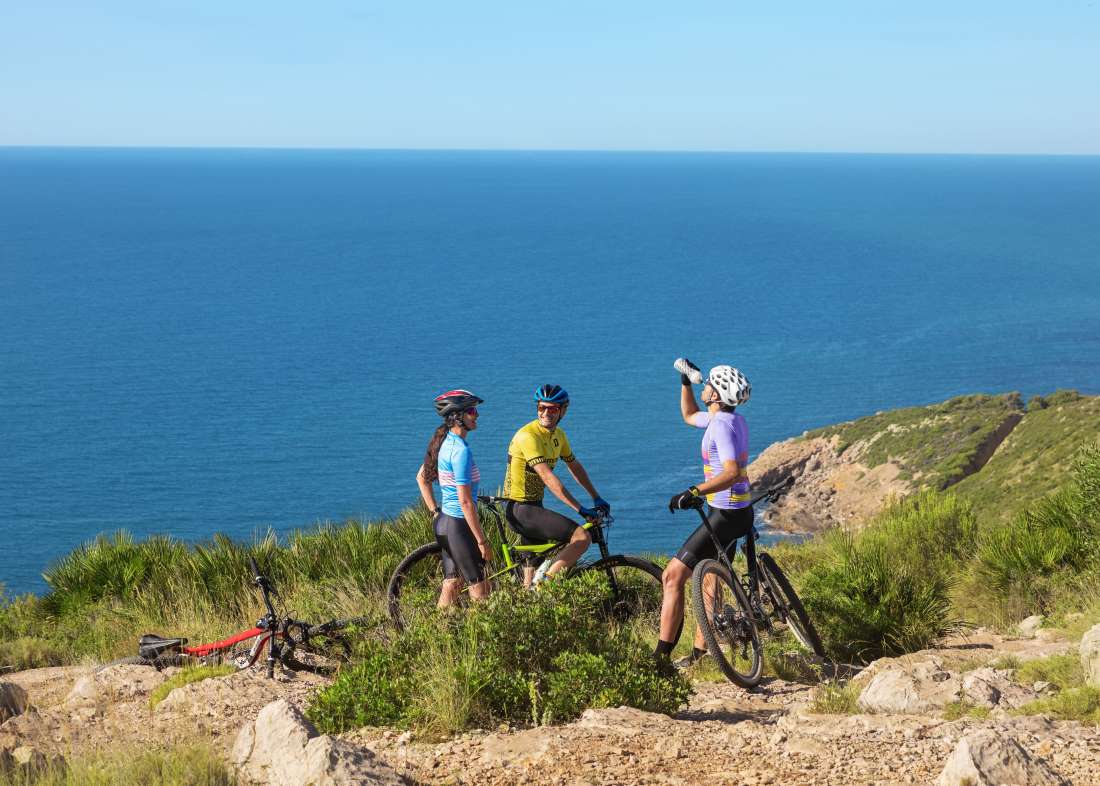When engaging in bike touring, it’s crucial to carefully choose the right saddle. You’ll spend many hours and days in contact with it, making this decision particularly important, especially for first-time bike travelers. Whether it’s a weekend trip or a multi-day adventure, saddle problems are common. What starts as minor discomfort can turn into real pain over time, making it impossible to remain seated for more than a few minutes at a time. Riders often experience issues in the sensitive urogenital areas as well. The culprit? An unsuitable saddle.
To avoid discomfort and pain, here’s how to select the right saddle for your travels and steer clear of unpleasant situations.
What kind of saddle do I need?
When it comes to saddles, many people focus on the color, padding, or materials. This approach is misguided. The first thing to evaluate is whether the saddle size suits you. The rear section must be wide enough to support your ischial tuberosities (the two bony protrusions that come into contact with the saddle). Proper support is essential. The distance between your ischial tuberosities varies from person to person and can be measured using simple tools at home. Once you know this measurement, you can determine the proper width of the saddle’s rear section.

Does the saddle need to be soft?
Cyclists often assess saddle softness by pressing their fingers into the padding, but the idea that a saddle must be soft is misleading. Excessive softness can sometimes be counterproductive. Saddles generally come with three levels of padding:
- Minimal Padding: These are firm saddles with little padding. They provide excellent support and allow easy movement while riding. Their rigidity also reduces deformation, ensuring efficient power transfer to the pedals. This type is ideal for experienced cyclists or those using gravel or road bikes on asphalt or dirt roads, where maximum support and minimal energy loss are priorities.

- Intermediate Padding: These saddles have some cushioning but don’t allow the fingers to sink deeply when pressed. They strike a balance between minimal and high-padding saddles and are great for off-road terrain, whether on gravel bikes or mountain bikes.

- High Padding: These saddles are very soft, allowing your fingers to sink easily. They are designed to reduce shocks from rough terrain but make it harder to shift your position on the saddle, often keeping the rider in a fixed position. They are recommended for cyclists with an upright posture (such as e-bike users) or beginners unaccustomed to sitting for extended periods.

A hole is not enough – you need a proper central channel!
An unsuitable saddle is not only uncomfortable but can also exacerbate or cause urological issues, such as genital numbness, difficulty urinating post-ride, or complications for those predisposed to prostate enlargement or urinary tract inflammation.
Many modern saddles feature a “hole” to reduce pressure on the genital area (for both men and women) and improve blood circulation. However, research shows that a simple hole is not sufficient. A well-designed central channel across the entire length of the saddle is essential to ensure natural blood flow and avoid pressure in delicate areas. This requires an ergonomic design tailored to the cyclist’s body, like Selle SMP’s “Designed on Your Body,” approach, which shifts weight to the ischial bones via carefully modeled support surfaces.

Choose and adjust your saddle properly
Even the perfect saddle, if poorly adjusted, can cause more problems than a less suitable saddle properly aligned. During cycling, the pelvis moves constantly, and pressure points shift continuously. Thus, simply measuring the ischial width isn’t enough to determine the right saddle, as it’s a static assessment that doesn’t account for dynamic movement.
Once you’ve identified the correct saddle, adjusting it for height, fore-aft positioning, and tilt is critical. This ensures that most of your body weight is supported at the rear, with no pressure on the genital area. The setup should also prevent you from sliding forward or backward. Each cyclist is unique in terms of body shape, fitness level, bike type, and riding posture. After an initial setup, test the saddle and make minor adjustments as needed to achieve the perfect fit.
The saddle for bike touring: zero superficiality
The saddle is a vital component of your bike, and you shouldn’t be casual about selecting it, especially if your goal is long-distance touring with hours spent on the bike for consecutive days. Start by measuring your ischial width to determine the saddle size and width. Based on your experience level, bike type, and terrain, choose the appropriate level of padding. The saddle should also have a central channel to ensure natural blood flow and ergonomic support for the ischial bones.
Finally, pay close attention to proper saddle adjustment to avoid discomfort, even with the perfect saddle.




